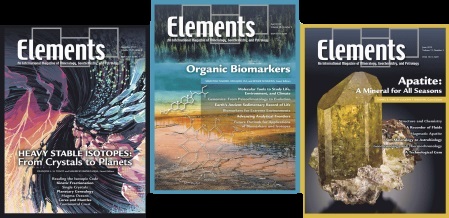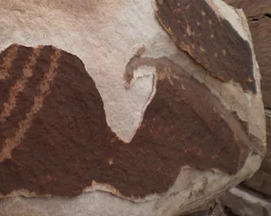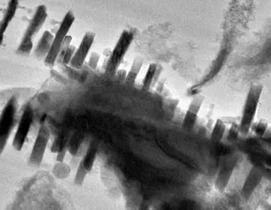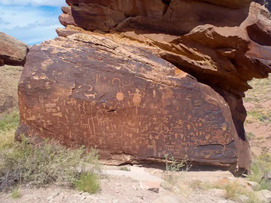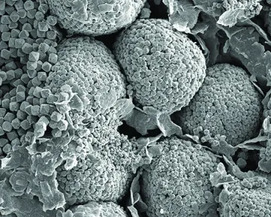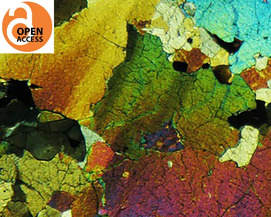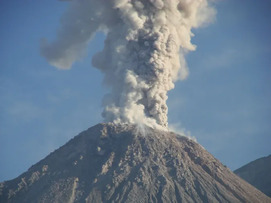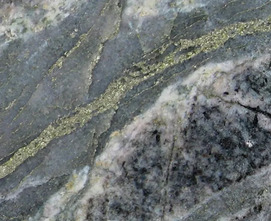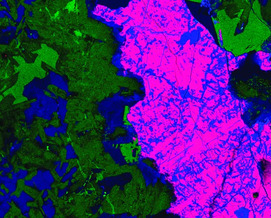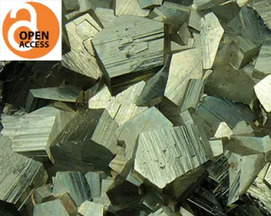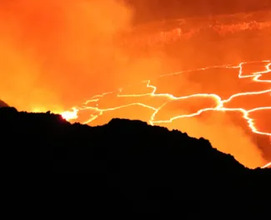Case Hardening: Turning Weathering Rinds into Protective Shells
Case hardening is the process by which the outer shell of an exposed rock surface hardens due to near-surface diagenesis. Rock coatings and weathering rinds are distinct phenomena: rock coatings accrete on surfaces; weathering rinds derive from mineral dissolution and mechanical fracturing of the outer millimeters of a rock to create porosity. Ongoing reaction with rain, dew, or melted snow results in the downward migration of rock-coating components into weathering-rind pores. Initially, pore infilling protects the outer surface of the rock from flaking. As case hardening progresses, however, ongoing mineral dissolution underneath the case-hardened zone eventually leads to detachment. This sudden loss can destroy rock art, the surfaces of stone monuments, and facing stones of buildings.
Case Hardening: Turning Weathering Rinds into Protective Shells Read More »

